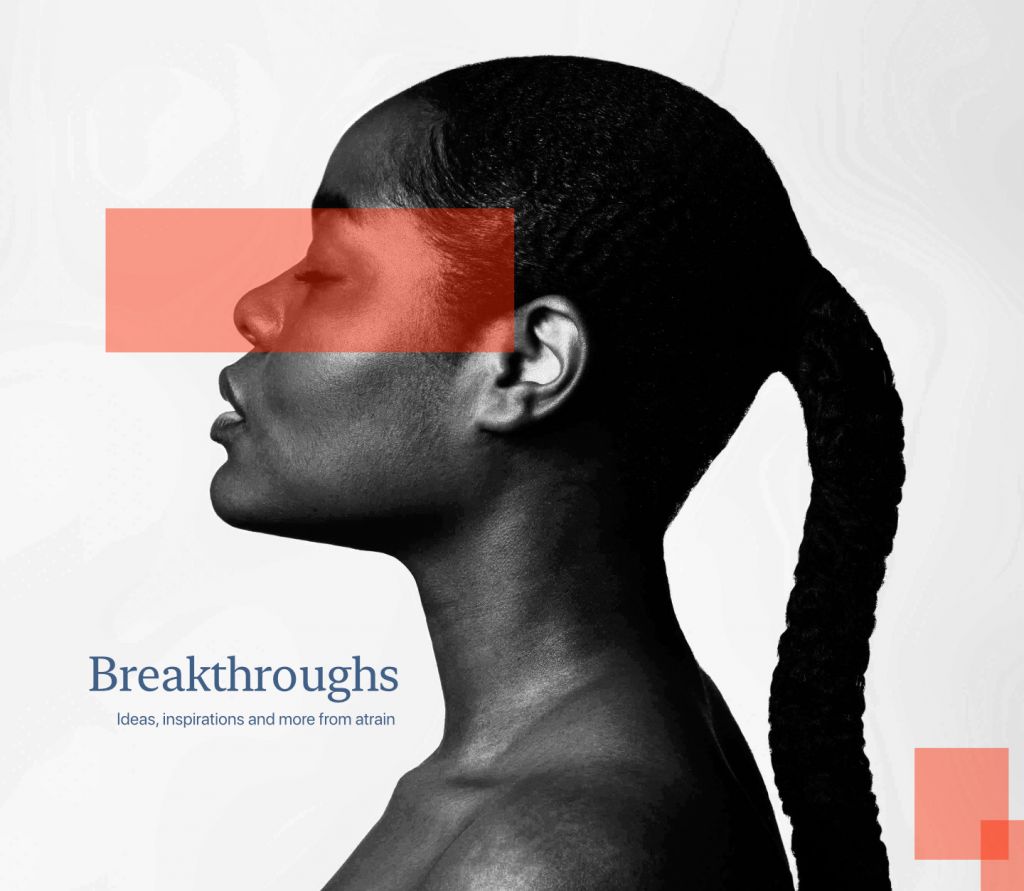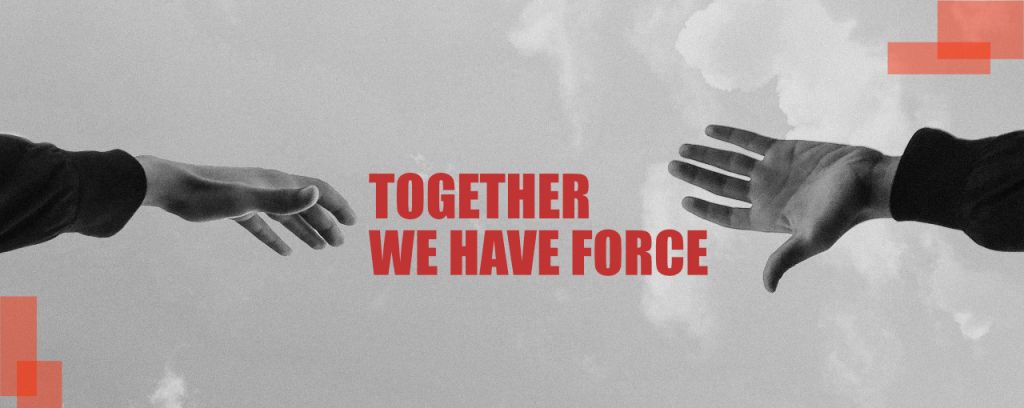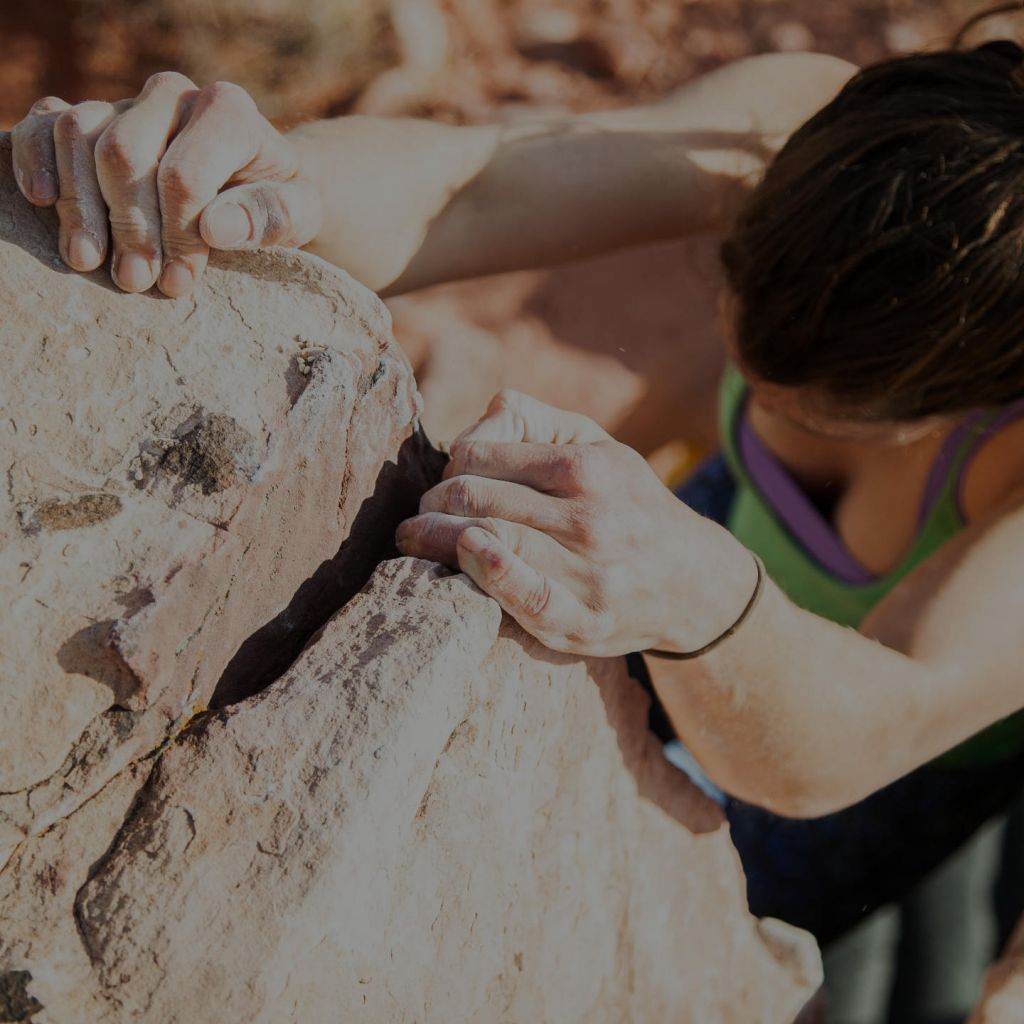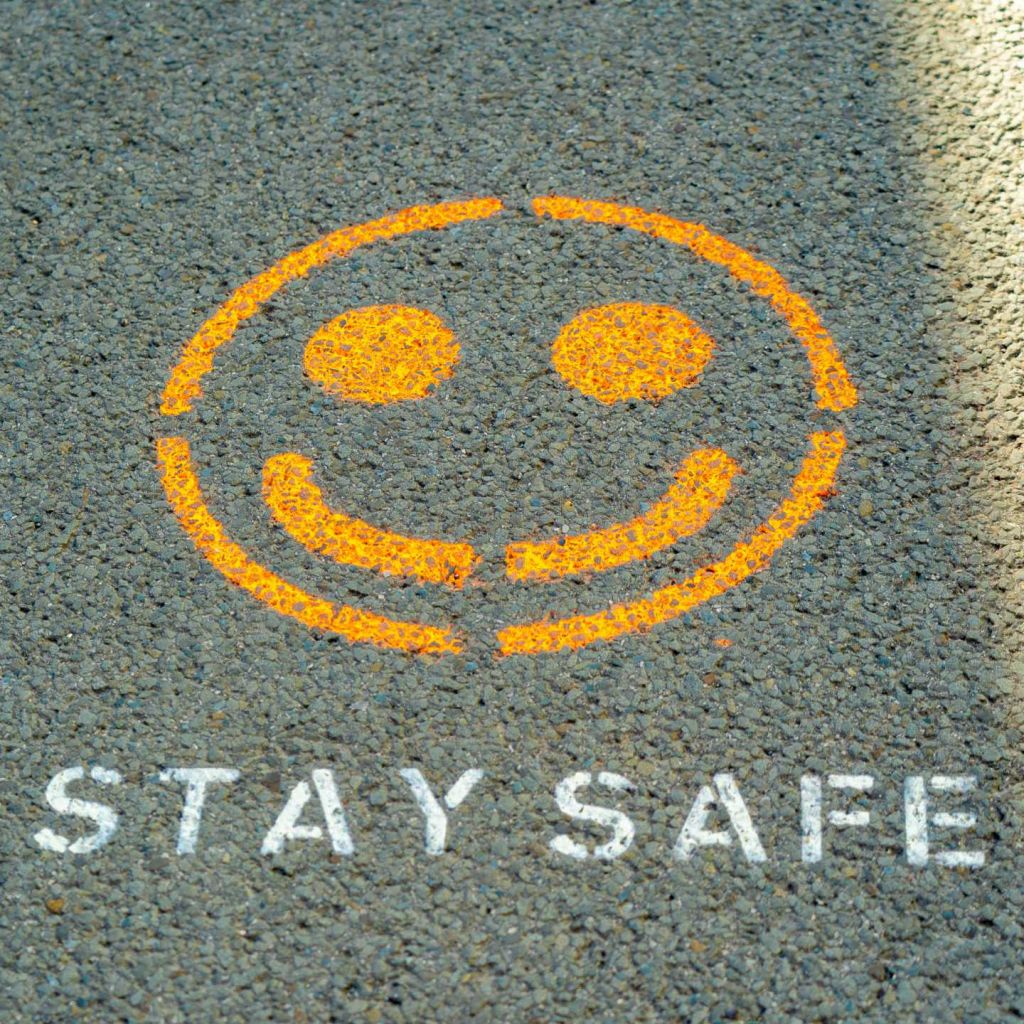“Resource Person”: A Steward on our Journey towards Wholeness
Célia Rousset-Krause
Out of the teal principles, the one that always resonated very strongly with me is “Striving for Wholeness”. But let me back up a little. Maybe some of you are super familiar with “Teal” while some others might be wondering how on Earth a colour (“cyan-green”) or a bird (“Eurasian teal”) might have to do with “Wholeness”. I don’t know about the connection with the bird, but if you were thinking about the colour, you are somehow on the right path…
About the author
Célia is a people person. Her heart beats for helping individuals, teams and organizations to truly breakthrough.She is a great listener and loves to look beyond the obvious, building a connection with the real human behind the “business face”.
Célia studied and worked in Mexico, Czech Republic, Taiwan, France and now Germany. Her intercultural competence paired with passion, curiosity and compassion are the engines of her career.
Today she works as an executive consultant at atrain dedicating her energy to creating the best environment for people to thrive and liberate themselves from the chains holding them back from realizing their own purpose and mission. This includes not shying away from any challenge and putting herself all in, as she is a true resource person.
Reinventing Organizations
In 2014, Frédéric Laloux wrote a book called Reinventing Organizations in which he outlined the characteristics of a new management paradigm resulting in more “soulful organizations”. Laloux starts from the observation that “something is broken in today’s organizations”: employees are more disengaged at work than ever, leaders are hiding behind a mask of control while being increasingly exhausted, customers’ trust in business, as well as brand loyalty, is low, most healthcare systems around the world seem broken, education systems don’t seem to truly support kids to grow, climate change is often on the front page… the list goes on and on and on.
Despite all of this, Laloux states that “there is reason to be deeply hopeful. The pain we feel is the pain of something old that is dying… while something new is waiting to be born”. According to many researchers in different fields (e.g. history, philosophy, psychology), humanity tends to evolve by sudden leaps (e.g. tribal age, agricultural age, scientific/ industrial age,…). At every stage, everything changes: breakthroughs in technology, means of subsistence, power structures, religious or spiritual outlook, the way we collaborate, etc.
Borrowing the colour scheme of Ken Wilber – a philosopher of human consciousness who refers to these stages using colours – Laloux argues that we are on the brink of making a new leap to the “teal” stage or the “Evolutionary stage”. I don’t want to get into too many details about the different stages and what makes them distinct from one another, so if you haven’t yet, I definitely recommend reading the book directly. If you have only limited time on your hands, look into the Illustrated Version of the book that will give you an overview of the main concepts in only a few hours (and that is particularly useful if like me you have a visual memory…).
A big misconception about the theories of stages of development is that the more advanced stages are better than the least advanced stages. However, there is no particular system of value to compare the different stages. Rather, it is about what a given stage enables you to do.
The following quote from Nick Petrie illustrates it beautifully:
There is nothing inherently “better” about being at a higher level of development, just as an adolescent is not “better” than a toddler. However, the fact remains that an adolescent is able to do more, because he or she can think in a more sophisticated ways than a toddler. Any level of development is okay; the question is where that level of development is a good fit for the task at hand.
The argument for evolution towards teal is that we need to evolve (as individuals, organizations, societies) if we want to be able to be a “good fit for the task at hand” and the challenges outlined before.
Three breakthroughs for teal organizations
Our evolution to this next stage would bring a whole new management paradigm, a whole new organizational model.
Based on the 3 years of research and study of seemingly “teal” organizations, Laloux proposes 3 breakthroughs to characterize this new stage and defines them as follows:
• Self-management: “Teal organizations have found the key to upgrading their structures from hierarchical, bureaucratic pyramids to powerful and fluid systems of distributed authority and collective intelligence”;
• Striving for Wholeness: “Organizations have always been places that encourage people to show up with a narrow “professional” self. Teal organizations have developed a consistent set of practices that invite us to drop the mask, reclaim our inner wholeness, and bring all of who we are to work”;
• Listening to our Evolutionary Purpose: “Teal organizations are seen as having a life and a sense of direction of their own. Instead of trying to predict and control the future, members of the organization are invited to listen and understand what the organization is drawn to become, where it naturally wants to go”.
In the past 8 years since the book has been published, I have seen quite some work in organizations being done around the first breakthrough.
Organizations have been and continue to be into introducing new ways of working (the word “agile” has had time to go from the most “in” word to the most “hated”) and are trying hard to change their structures and processes, but also mindset, skills and capabilities in order to evolve towards this model of more “fluid systems of distributed authority and collective intelligence”.
Not enough yet in my view has been done to enable the second and third breakthroughs, which in turn renders impossible the full realization of the first one. The rest of this article will explore a bit more about the second breakthrough, and a proposal on how we can realize it in organizations.
Wholeness, or how to “create a space that supports us in our journey to wholeness”
Most people still show up at work wearing a mask. And I’m not talking about your FFP2 COVID-related mask here. Rather, whenever we are in a “professional setting”, we more or less subtly change our behaviour to behave in a way we perceive as “adequate” to our environment.
I remember getting this feedback when I started working: “We know when you mean business”. Incredulous, I probed deeper to understand what was meant. I was then explained that at the start of a meeting I would be very chatty, caring and connecting with others during the “small talk” part, and then I would suddenly switch to “Okay, let’s get started”.
My facial expression changed, my tone of voice changed and my posture changed. All of those were getting adapted to fit my definition of “my professional self”.
Laloux explains this with the fact that in the workplace we tend to show the most “masculine parts” of ourselves or at least favour masculine type of behaviours (e.g. appearing determined, having answers, actively building the future…) over the feminine type of behaviours (e.g. taking care of one another, being reflective, slowing down, sharing vulnerability…) and this regardless of our gender since we all have masculine and feminine energy.
Laloux also refers to other dichotomies: we tend to rather show up from our “ego” (the part of us that seeks success and recognition, that wants to look good, to win arguments in a meeting…) than from our “deeper self” (the part of us that has deeper longings, deeper hopes for our lives, for other people, for the planet…). We do this mostly because we feel that speaking our truth is risky. Depending on our work environment, there is more we can decide (consciously or unconsciously) to hide: emotional versus our rational side, our intuitive side, our spiritual side… until the part of us we do bring at work resembles that square on this picture:

If we allow ourselves to show only this one little part of who we are, I strongly believe that there are (at least) three big consequences:
1. We have to spend relatively a high level of energy maintaining the façade and ensuring we don’t show more than we intend to. This means that this is energy monopolized that could instead be used for problem-solving and creativity.
2. We prevent ourselves from accessing the parts of ourselves that make us unique, that build our own unique perspective, and therefore impact our ability to problem-solve and be creative (and instead we try our best to give the “right” answer).
3. And this might be the saddest one. With time, we simply lose touch with “who we really are”. We spend so many years trying to conform to what society, our boss, and sometimes even our friends and family expect us to “be” that we simply cannot recognize anymore what is truly “ours”.
We forget our own truth.
Laloux outlines different practices that have been adopted in organizations to help us “invite one another into wholeness”: using ground rules to create safe spaces where people can act from love and wholeness as opposed to fear and separation. Offering reflective spaces for deeper truths to emerge (e.g. meditation, coaching, retrospectives, etc.). Leveraging the power of storytelling; bringing a new level of flexibility in commitment and working hours in order to honour all the important commitments in our lives and many more.
Based on recent work we have been doing with organizations looking at how to evolve leadership roles to better serve people and the business, we’d like to propose another practice in order to bring more wholeness in our (work) lives, to help us reconnect to those deepest parts of ourselves, and to bring our whole unique self to work: ensuring that everyone has a “Resource Person” (and ideally, becoming one for others).
The Resource Person
What we call the “Resource Person” is a concept whose power has been well demonstrated in the field of psychotherapy. It shows that a single person who acts as a resource for another, especially in challenging times or times of transition, can make a massive difference in their well-being and growth. In trauma research, it has been shown that receiving strong and dedicated support – from a Resource Person – can make the difference between developing a post-traumatic stress disorder versus actually growing through the traumatic experience.
Looking at different cases and based on our experience, we – at atrain – define a Resource Person as having 4 main roles:
- Creating a deep and trustful connection
- Awakening/speaking to the good in the other person
- Enabling people to become aware of their unique strengths
- Helping people to find their place
I detail each one of those more deeply below and also explain why they are particularly relevant in the context of our journey towards Wholeness.
Creating a deep and trustful connection
Accepting to show our full self (the ego, the deeper self, the masculine, the feminine, the rational, the emotional, the intuitive, the spiritual…) can be hard.
We are afraid of being judged by others and do not fit their expectations of what good looks like. Even exploring those forgotten truths about ourselves can be frightening (“Who am I if I am not the people pleaser?; “Who am I if I’m not the one making decisions?”).
In order to go on our journey towards Wholeness, we need to feel safe.
Therefore, the role of a Resource Person is to create a deep and trustful connection that makes that vulnerability possible. This requires regular interactions, truly caring about the other person, making time, listening without judgement, and being a container for whatever story or emotion might come up. In doing so, we create a space where we feel safe to show the deeper parts of ourselves, go deep within ourselves and develop the courage to see both our reality and ourselves clearly.
Awakening / speaking to the good in the other person
We all must face a continuous war inside of ourselves. This is best illustrated by an old Cherokee legend.
An old Cherokee is teaching his grandson about life: “A fight is going on inside me,” he said to the boy. ”It is a terrible fight and it is between two wolves. One is black – he is anger, envy, sorrow, regret, greed, arrogance, self-pity, guilt, resentment, inferiority, lies, false pride, superiority, and ego.” He continued, “The other is white – he is joy, peace, love, hope, serenity, humility, kindness, benevolence, empathy, generosity, truth, compassion, and faith. The same fight is going on inside you – and inside every other person, too.” The grandson thought about it for a minute and then asked his grandfather: “Which wolf will win?”
???? Suspense, Drumrolls ????
Now, interestingly, the story has actually 2 different endings.
The one most widely known is the old Cherokee answering: “The one you feed”.
If we apply this story to our concept of Resource Person, you – as a Resource Person – need to be able to see our positive part, awaken it and speak to it. Our “black” wolf tends to express itself in our daily life through what we can call our “armour”: a set of survival strategies (often expressed in some kind of fight / flight / surrender form) that we have put in place throughout our lives to help us deal with threat and to protect our vulnerable child within.
The problem is that when we interact with other people through our armour, we tend to trigger the armour in other people.

Let me give an example: imagine a conversation between two colleagues: Person A and Person B.
Person A is sharing about the latest development in a project they are leading. Person B is surprised by the speed (or lack thereof) of completion of the project and asks a question to understand the delay. Person A feels threatened by the question and replies in a passive-aggressive manner (← fighting armour), resulting in Person B dropping the question and moving on to a different topic (← fleeing armour).
I won’t go too much into details of the why and what of triggers, armours and so on (that might be for another post), but the point is, we are wired to respond to (perceived) threats on a very primal level. What does this have to do with our Resource Person?
A Resource Person needs to be able to see past our armour, and not get triggered if we use it.
They need to approach us and our reactions with curiosity and look directly into the eyes of the vulnerable child, find the light, and bring it out.
Now, let’s look at the alternative ending of our Cherokee story, which is believed to be the actual ending.
The old Cherokee simply replied, “If you feed them right, they both win”.
You see, if I only choose to feed the white wolf, the black one will be hiding around every corner waiting for me to become distracted or weak and jump to get the attention he craves. He will always be angry and always fighting the white wolf. But if I acknowledge him, he is happy and the white wolf is happy and we all win. The black wolf has many qualities – tenacity, courage, fearlessness, strong-willed and great strategic thinking – that I have a need at times and that the white wolf lacks. But the white wolf has compassion, caring, strength and the ability to recognize what is in the best interest of all.
“You see, son, the white wolf needs the black wolf at his side. To feed only one would starve the other and they will become uncontrollable. To feed and care for both means they will serve you well and do nothing that is not a part of something greater, something good, something of life. Feed them both and there will be no more internal struggle for your attention. And when there is no battle inside, you can listen to the voices of deeper knowing that will guide you in choosing what is right in every circumstance. Peace, my son, is the Cherokee mission in life. A person who has peace inside has everything. A man or a woman who is pulled apart by the war inside him or her has nothing. How you choose to interact with the opposing forces within you will determine your life. Starve one or the other or guide them both.”
So, while our Resource Person can have a tremendous impact by seeing our white wolf, encouraging it, acknowledging it, etc., the answer is not necessarily in starving our black wolf either. But rather for us to look at it and acknowledge it with courage and compassion. The point is that through the interaction with the resource person, we are able to move out of a self-serving, egocentric mindset, reflecting on the impact we want to have and what we can contribute.
Enabling people to become aware of their unique strengths
In his beautiful book Man’s search for meaning, holocaust survivor Viktor Frankl writes that every human being brings a unique set of skills and experiences that enable them to do some things better than anyone else.
Everyone has his own specific vocation or mission in life; everyone must carry out a concrete assignment that demands fulfilment. Therein he cannot be replaced, nor can his life be repeated, thus, everyone’s task is unique as his specific opportunity to implement it.
The problem is that we are often not aware of our own strengths, or we don’t trust in them, or we are even fearful of using them … so it is key to create this awareness about what our unique strengths and set of experiences are, and what those might enable us to do.
Beyond helping us see, own and acknowledge our strengths, a Resource Person also has a vision of what we, as the coachee, could become. They are able to imagine what we might be able to do if we fully grow our strengths and leverage them. This means they can see in concrete terms our potential sometimes even before we can see it ourselves. In workshops, when we asked people the question “Who in your life had the biggest impact on your development?”, often people mention that it was someone who believed in their strengths and potential, and gave them the confidence to push the boundaries, sometimes even being quite tough and pushing them close to their limits … but never beyond.
Here is a wonderful short clip that illustrates this concept in a touching way
The power of believing in someone’s potential is not something wishy-washy. It has been proven scientifically that our belief in another person’s potential can bring that potential to life. This is called the “Pygmalion Effect” and was named after a roman sculptor Pygmalion who allegedly could look at a piece of marble and see the sculpture trapped inside of it.
In 1968, a team of researchers led by Robert Rosenthal did the following: they administered intelligence tests to a class in elementary school. Then they shared with the teachers the names of the pupils that were essentially superstars, but asked them to not behave with them in any way different as they would behave with the other kids. Fast forward, by the end of the year, all kids were tested again, and without surprise, those same pupils got off-the-chart intellectual ability.
Nothing surprising until now… except that those kids never had higher intelligence than other pupils. The researchers simply tricked the teachers into believing in the potential of those kids, which then somehow realized.
Helping people to find their place
Last but not least, a Resource Person plays an essential role in tangibly helping the coachee find the place where they can leverage their unique strengths, and where they can grow on their way to fulfilling their ultimate potential. This aspect often entails very practical activities, connecting people to activities, tasks and roles where they can best leverage their strengths to create a unique impact.
This is where the role differs drastically from only a “coach” role, since it requires becoming directly involved with the development of the person. It can also entail leveraging your network, sometimes even assigning tasks to the coachee that the coachee might initially feel unable to do. It is therefore a very active role.
Those facets of the role of a Resource Person are not trivial and require a deep level of investment and thinking about the other person deliberately. To make it fully work, I’m convinced that it also requires a different level of engagement where we truly connect with the others, with love. With leads me to conclude with one last beautiful quote from Viktor Frankl’s book
Love is the only way to grasp another human being in the innermost core of his personality. No one can become fully aware of the very essence of another human being unless they love him. By their love they are enabled to see the essential traits and features in the beloved person; and even more, they see that which is potential in them, which is not yet actualized but yet ought to be actualized. Furthermore, by their love, the loving person enables the beloved person to actualize these potentialities. By making them aware of what they can be and of what they should become, they make these potentialities come true.
Conclusion
So, now that you have read until the end of this article (thanks!), I’ll leave you with a couple of reflection questions:
Who in your life had the biggest impact on your development and why?
Who could you be a resource person for starting today?
Do you wanna share your answers and thoughts? Join the conversation on Linkedin!

References and Recommended (Res)sources for your interest:
- Reinventing Organizations, Frédéric Laloux
- Reinventing Organizations, the Illustrated Version, Frédéric Laloux
- For more info on the Cherokee legend, see here or here.
- A Man’s Search for Meaning, Viktor Frankl
- A short article on the benefits of social support in alleviating traumatic experience





